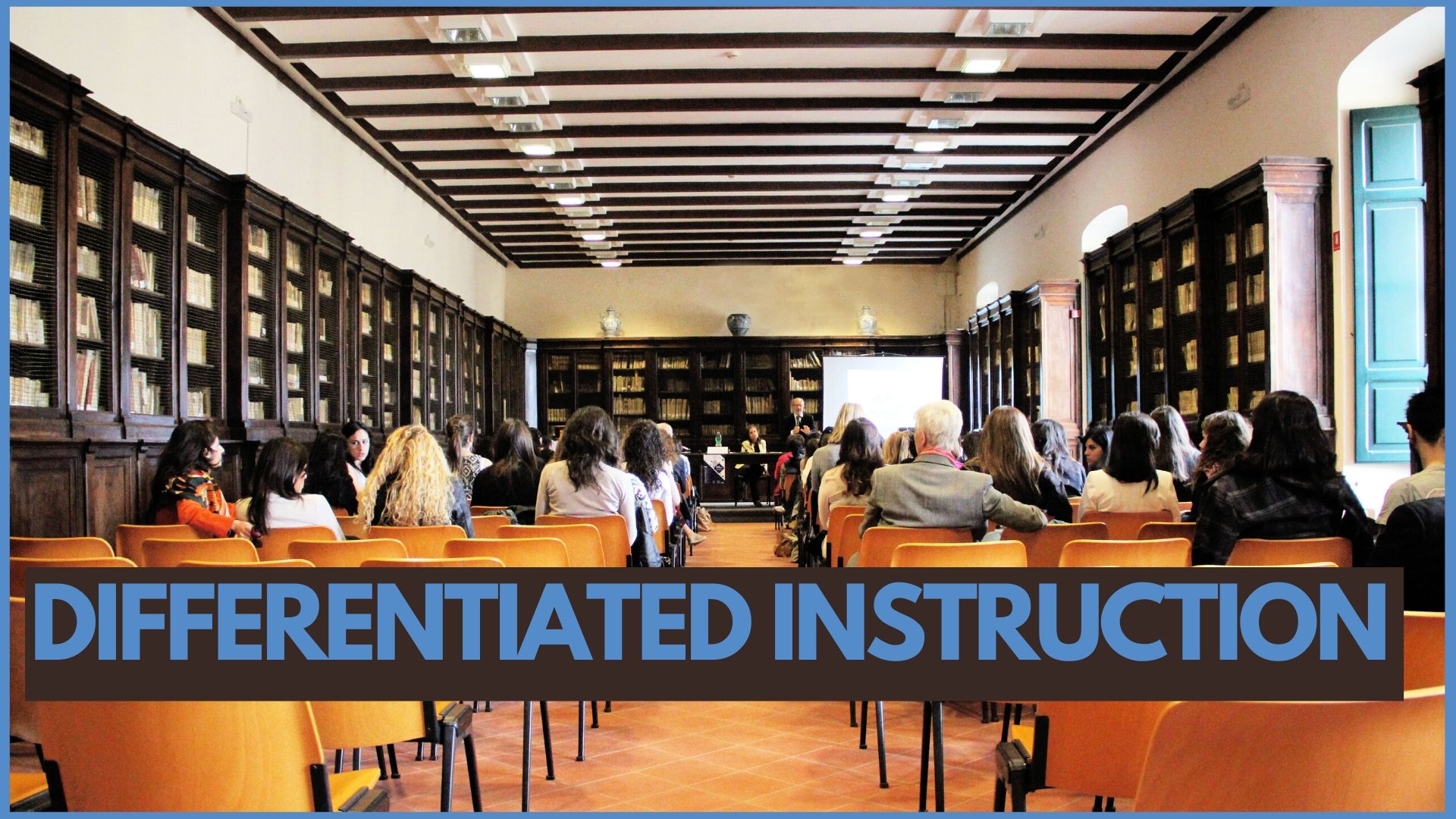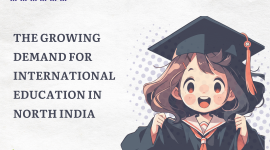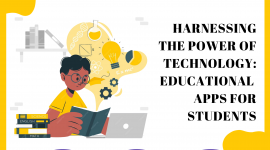Differentiated instruction an approach towards education that implements inclusiveness and relays diversity in its learning process.
Every person has their perception of things and possesses different capabilities. In a classroom environment, every student cannot be on the same level of performance. Some students may even find difficulty in keeping up with traditional classroom methods. Therefore, a need for a differentiated approach is essential to deliver a better understanding and cater to the needs of every individual child.
WHAT IS MEANT BY DIFFERENTIATED INSTRUCTION?
Differentiated instruction is a method of building or designing an education curriculum consisting of a variety of learning styles to suit every child’s mental abilities and potential. It can benefit a vast majority of students as it looks after the students who have weaker skills and also the students who are high performing.
Here are a few factors that are included in the differentiated instruction:-
- Similar syllabus or study material can be taught using various learning styles.
- It divides the material into various levels of difficulties which progresses by building a small base.
- New methods of assessments, such as authentic assessment can also be practised.
- Evaluate students continuously and observe their abilities. This can endorse a more supportive classroom environment.
METHODS AND STRATEGIES INVOLVED IN DIFFERENTIATED INSTRUCTION
Usually, differentiated instruction utilizes four methods which involve content, process, product and learning environment. These four factors can create a pervasive learning environment, and student can benefit a great deal under its influence.
1) CONTENT
Content is the fundamental basis of every educational program in the world. The quality of content can be vast and include all the essential information relating to a particular subject. Based on the material, a classroom can have various disparities. Some students may have never heard about something, others might have little knowledge, and some may be well-versed. This can create a lot of differences, and a teacher may sometimes neglect a student with zero experience on the topic.
In this context, the content can be differentiated based on the proficiency levels. Also, to ensure the maximum understanding, the material can be divided into six levels which include- retaining, contemplating, application and practicality, analyzation, evaluation and creation.
Unfamiliar students can start at the lower levels and then progress gradually to the higher levels. Similarly, well-versed students can directly get involved in the higher levels. Here are a few activities that teachers can follow in this context:
- Engage in more practical examples so that students can connect the content to the real-life scenario.
- Use more audio and visual aids such as documentaries, videos, presentations etc. related to the topic.
- Quiz the students and encourage them to share their opinions.
2) PROCESS
Process related to the learning style that a student prefers. Every student has their learning style preference. There are four different learning styles or techniques – visual, auditory, kinesthetic and self-paced. Some students like to work independently while others require the assistance of the teacher. Students can also work in teams or groups to achieve a particular goal or make group projects. The teacher must identify the learning style that a student prefers and provide them with the resources accordingly. Few ways and examples of achieving this are as follows:-
- For visual learners notes, and written text material can be provided.
- Audiobooks, lectures etc. should be given for auditory learners.
- Quizzes, interactive assignments etc. can be made available for the kinesthetic learners.
3) PRODUCT
Product is a source of assessing the students. It can be something that a student produces at the end of the learning process related to a particular subject. Tests, examinations, assignments or other activities are included in this. Few methods in its implementation are:-
- Research papers, poems or even books and essays by read or write style learners.
- Visual learners, auditory learners and kinesthetic learners can also present in their preferred methods.
4) LEARNING ENVIRONMENT
The ambience of the surrounding environment of the classroom also dramatically influences the learning procedure. Classroom equipment and other aspects should be well-maintained and analyzed to suit the needs of all the students. If a student like to be involved in group studies, then make the necessary arrangements. Also, the students who prefer to be isolated should be given their privacy.
BENEFITS OF DIFFERENTIATED INSTRUCTION
Differentiated instruction can significantly help in revolutionizing the educational and teaching practices. Here are a few benefits of differential Instruction:-
- It takes care of a large group of students with different abilities.
- Student involvement and engagement also increases as they get to work in their comfort zone.
- Students get more opportunities and can utilize their potential and abilities in a better way.
Although this process may demand more work and efforts from the teachers, Differentiated Instruction is overall very beneficial. It enhances the learning process and helps in ensuring better results.









